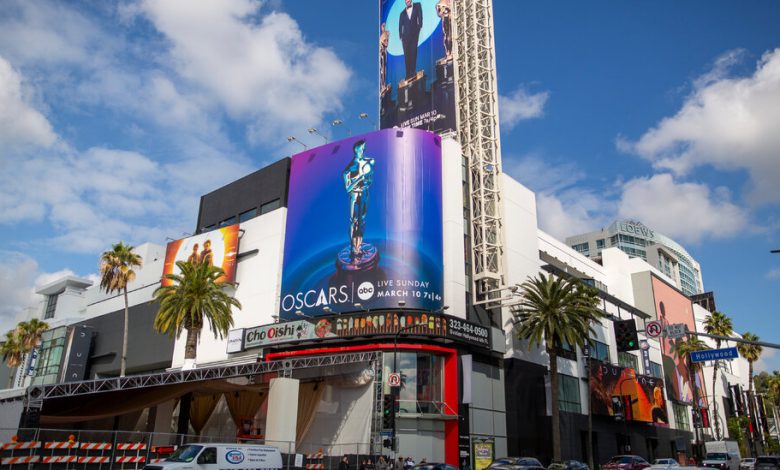The Oscars Now Have D.E.I. Rules, but Some Say It’s Just a Performance

The national reckoning over racial justice after the killing of George Floyd spurred many of the country’s most distinguished institutions into action, few more so than the Academy of Motion Picture Arts and Sciences.
After years of criticism for overlooking female directors and actors of color, the academy announced a torrent of diversity-oriented changes. One high-profile move involved the academy’s most coveted trophy: To qualify for the best picture Oscar, films had to fulfill a new set of diversity and inclusion standards.
This new rule, enforced for the first time for this Sunday’s ceremony, is complicated and expansive.
A checklist of four categories and nine subcategories cover almost every aspect of the filmmaking pipeline. Diversity in hiring — actors, directors, makeup artists, publicists, interns — is considered. So is the movie’s plot. To qualify, films must show that they meet two of the four main categories of representation: onscreen (actors, plot), offscreen leadership (set designers, makeup artists), training programs and marketing.
Academy leaders light up like theater marquees when talking about the standards, calling them a success and pointing to a 2023 survey of members in which 85 percent of respondents said it was “important” for the organization to lead on representation, inclusion and equity.
But critics from an array of perspectives in the film industry have described the standards as the equivalent of tinsel — flimsy and showy — doing more to gild Hollywood’s image than to help people the movie business has long overlooked.
